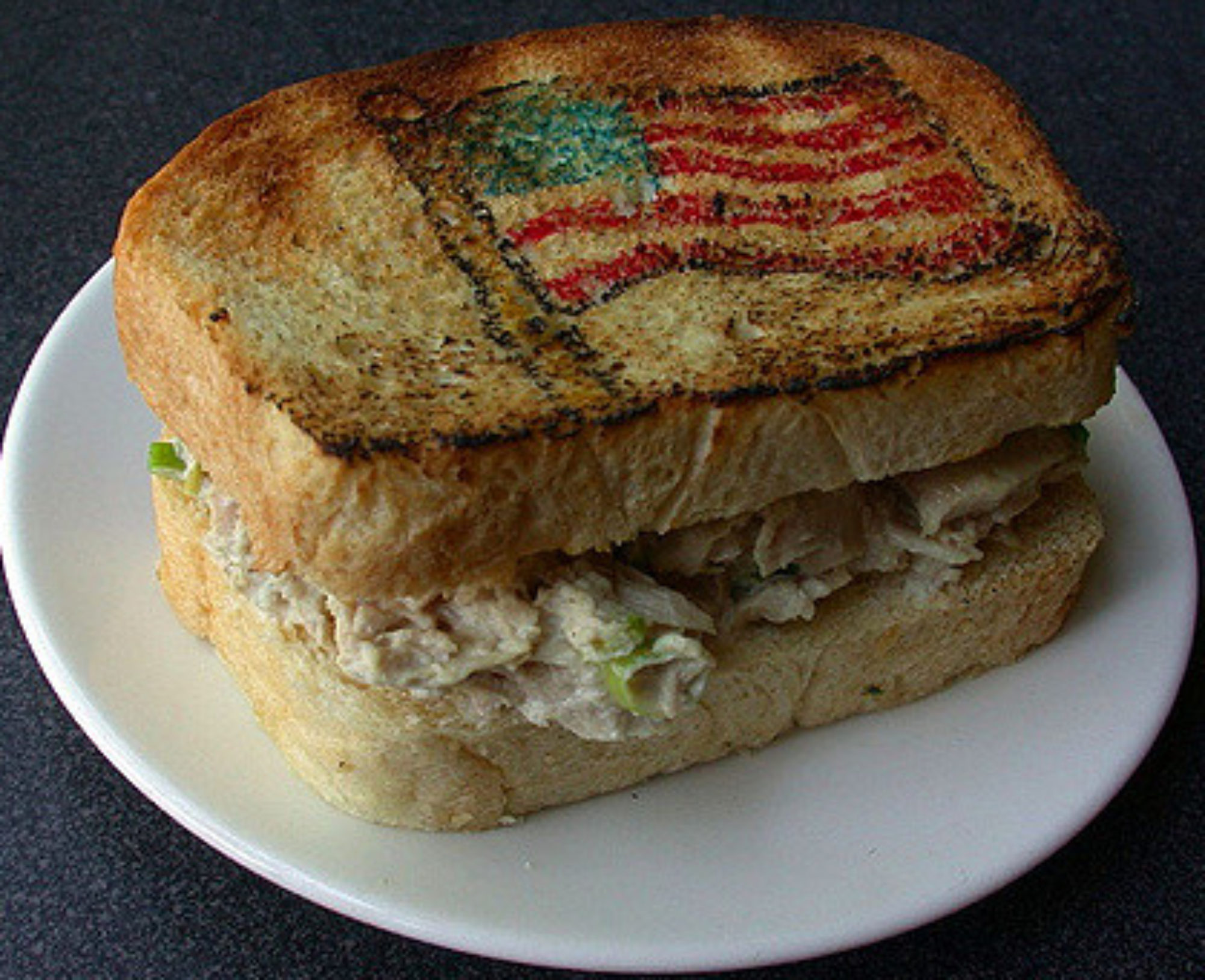When it comes to politics, the tips are not made of the same meat as the rest of the wing. The demographics of the supporters show that it’s some sort of white meat, but it’s not clear just what sort, hence the mystery.
In the traditional right/left spectrum in America, the people who lean to one side or the other are called conservatives and liberals, respectively. But some people don’t just lean, they fall over, and this makes them qualitatively different.
Despite being on opposite extremes in one sense, these radicals are united by a shared political style: populism. But they often hide behind misleading terminology that allows them to deflect criticism, generally by sounding like they’re not extremists. This rant is mostly about calling them what they are instead of allowing them to maintain their disguise.
The correct term for the extreme right—whether it’s the hard right, far right, or the trendy alt right—is not conservative. The literally correct term is fascist. Of course, this word has long applied to the lunatic fringe: the neo-Nazis, neo-Confederates, Birchers, and many libertarians.
Back then, these people were taken for granted by the mainstream Republicans—after all, it’s not like they could vote for the other party—and pointedly excluded from public events because they are embarrassing nuts.
The Republicans would still feed them red meat in the form of dog whistles and tacit support for bigotry. But they maintained plausible deniability by pretending that their actions were in the service of high-minded, bland-sounding, abstract principles such as small government or individual responsibility or states’ rights.
Conveniently, the social programs they attacked so as to harm minorities were the very same ones that the oligarchy hated. In this way, poor and middle-class white people were tricked into supporting policies that helped only the rich. It was a con, and it worked.
That con is no longer necessary. Where it once would have been hyperbole to call the Republicans, as a whole, fascists, things have changed. There are still conservatives in the party, particularly among the voters, but the people in charge are overt fascists.
Trump, Miller, Bannon: not one of these is a conservative in any sense. They are not defined by their caution about radical changes or their adherence to tradition. They’re just goose-stepping fascist scum.
Now, particularly outside of America, but increasingly even inside, fascists are often referred to as nationalists and populists. Trump even bragged about his nationalism. This is accurate, but doesn’t tell the full story. The source of confusion is that both of these terms also fit the other side: the left-wing extremists.
In America, the far left refers to itself as progressive, which is misleading in many ways. The biggest problem is that the term is sometimes used by actual liberals, due to the history of Reagan turning the l-word into a slur. Since the rise of St. Bernard, socialism has also been embraced as a label, but it’s not necessarily socialism in any Marxist sense, except when it is.
It’s also misleading in that it omits their populism, which is what distinguishes them from liberals, even more so than their extremism. Whereas liberals are equally focused on social and economic justice, left-pops give lip service to the former but care only about the latter. They are also nationalists, although more isolationist than expansionist.
Populism is a style of politics that entails both rhetorical and policy commitments, and is overlaid on top of political extremism on both ends. The rhetoric defines supporters as the only legitimate representation of “the people”; the ones who actually matter. Invariably, these special people are primarily white and male and otherwise non-minority.
Populism demands radicalism, activism, and ideological purity, and has no respect for experience, objectivity, or competence. There is no room for progress, only immediate, revolutionary change, and it doesn’t matter that revolutions always kill people. Populism denigrates the competent people as “the Establishment” and insists that, due to a willingness to compromise to get things done, they are inherently corrupt. This is ironic, as populism is, in practice, strongly associated with corruption.
While the populist right deserves to be called fascist, there is no equally handy term for the populist left. As I’ve written elsewhere, socialism is inherently ambiguous, and it since become a boogie man used by the Republican fascists as a cudgel against all Democrats, even the liberal base. But there is clearly a constellation of left-populist associations, which include such things as the Justice Democrats, Our Revolution, the Democratic Socialists of America, the Young Turks, and Bernie Sanders, and they need a name.
Aside from the generic left-populist, the best term I’ve found is based on their parallel with the Tea Party Movement, which is the right-populist faction that took over the RNC. Taking over the DNC is the stated goal of the left-pops, which is why some of us call them the Herbal Tea Party.
But you don’t have to love or use that term, unless you want to. You do have to distinguish between conservatives and fascists, and between liberals and leftists. That’s because extremism is an entirely different beast, no matter which extreme.





